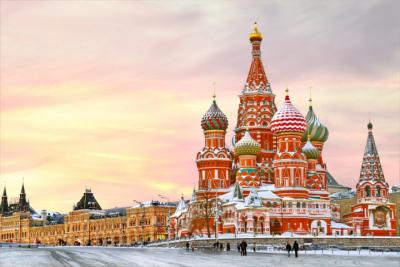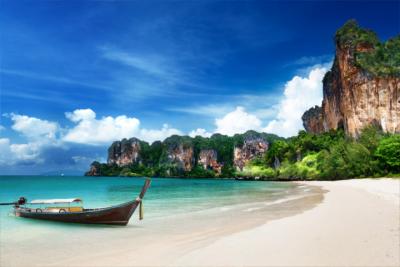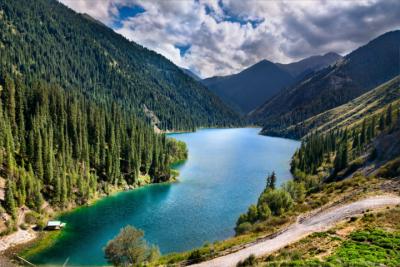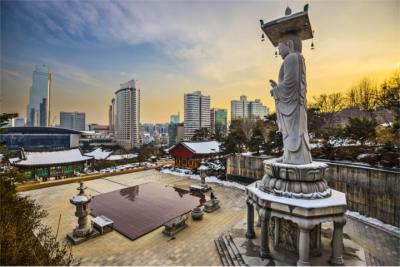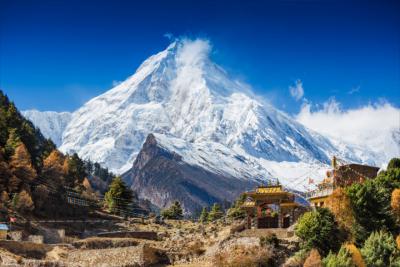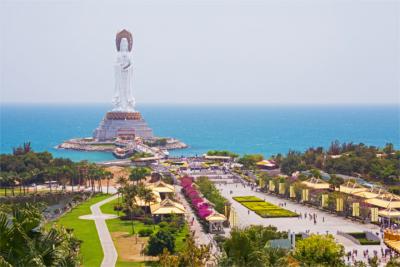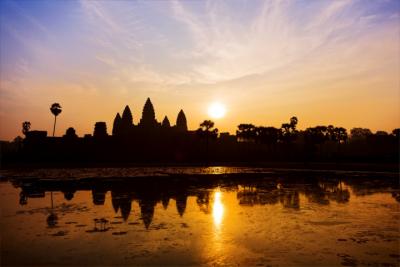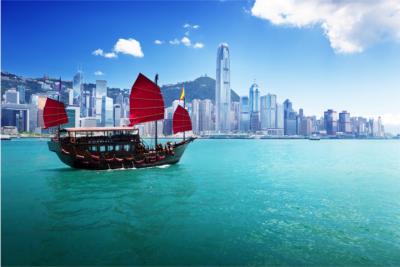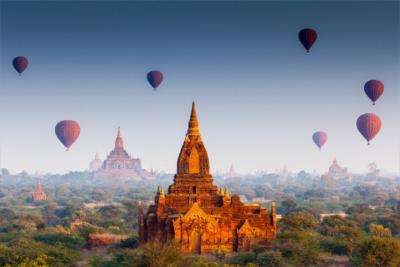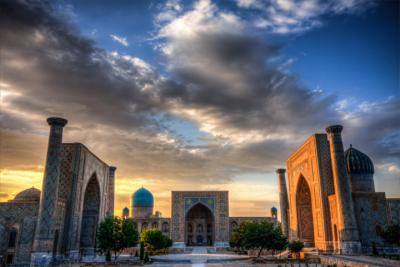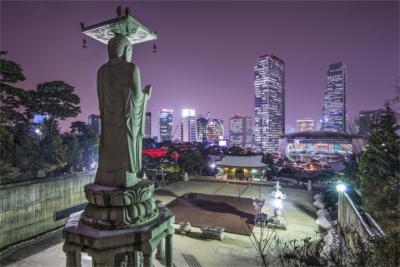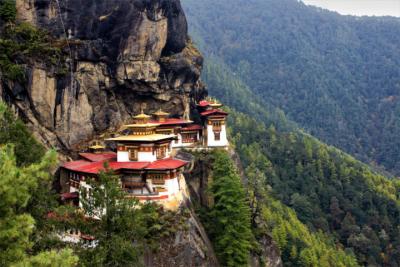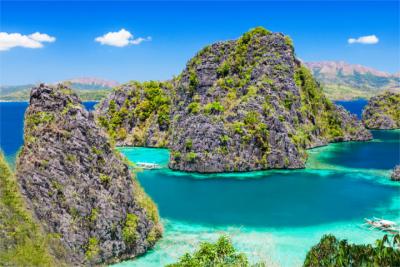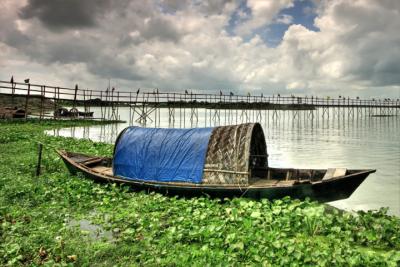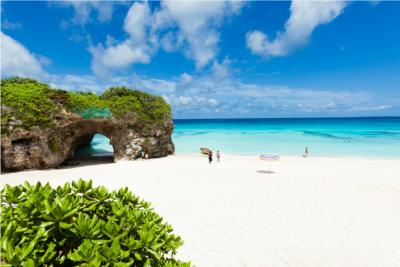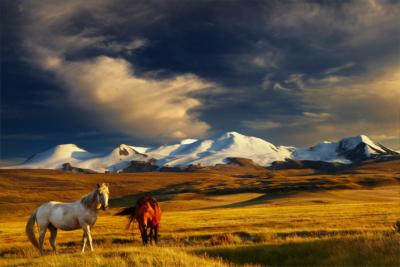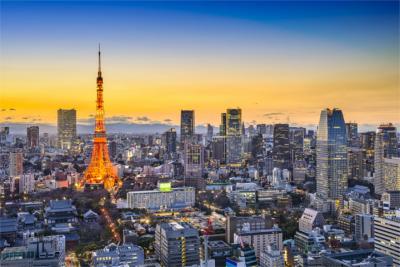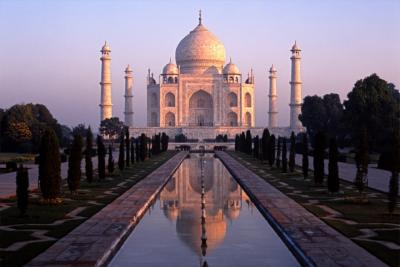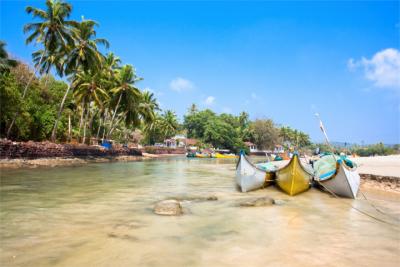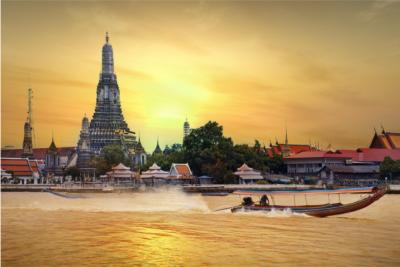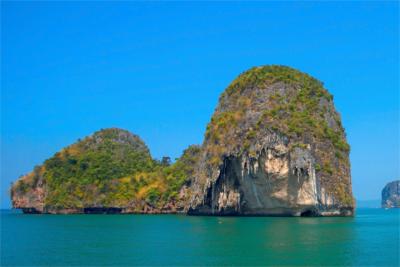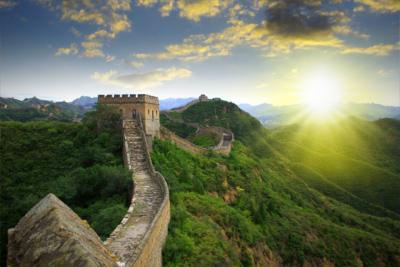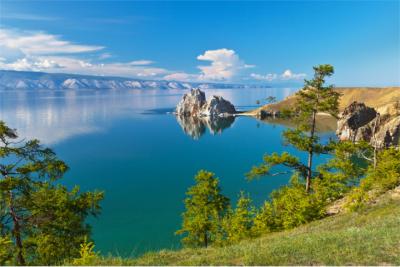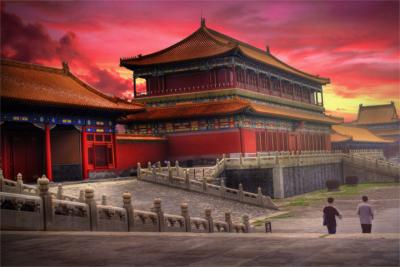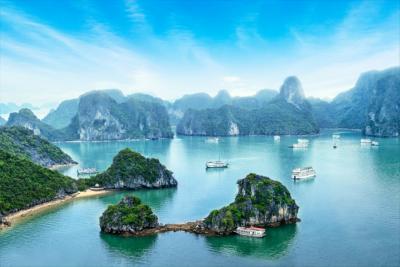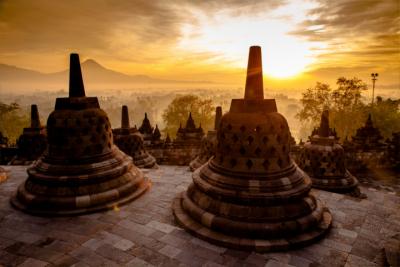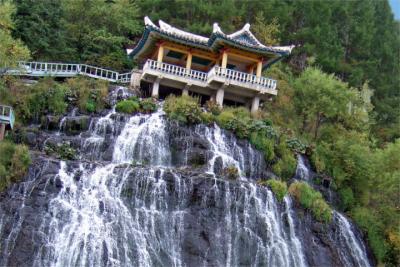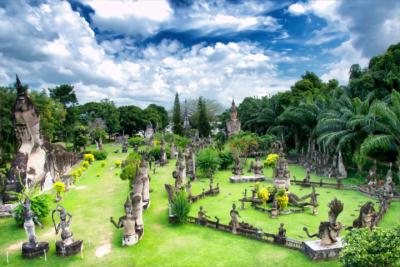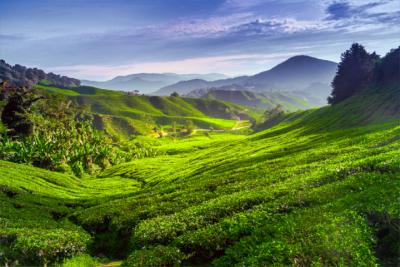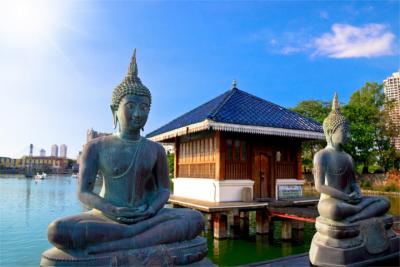Travel Offers
Travelmyne Featureprint
Distance
Kazakhstan – Eastern Europe and Asia United
Two profoundly different worlds meet in Kazakhstan – the Eastern European and the oriental, Asian culture. It seems as if the population has adopted the best of both worlds and still kept their native Kazakhstani nature. Diversity in unity - that is how you can also describe the country's fascinating nature.

Geography - Central Asia and Eastern Europe
Kazakhstan is located mainly in Central Asia and partly in Eastern Europe and constitutes the greatest inland country on earth. In the west of the country you find the Caspian Sea, in the east the Altai Mountains and in the South the mighty Tian Shan range. It is mostly covered in plains, hills and low mountains. The Aral Sea, which belongs to both Kazakhstan and Uzbekistan, is the country's most famous body of water. Due to the continuing dehydration of the tributaries Amu Darja and Syr Darja caused by intensive agricultural use, the salt lake has fallen into several small bodies of water. The country's continental climate causes icy winters with temperatures of down to -40 °C and hot summers with over 40 °C. The temperatures at day and night differ considerably.
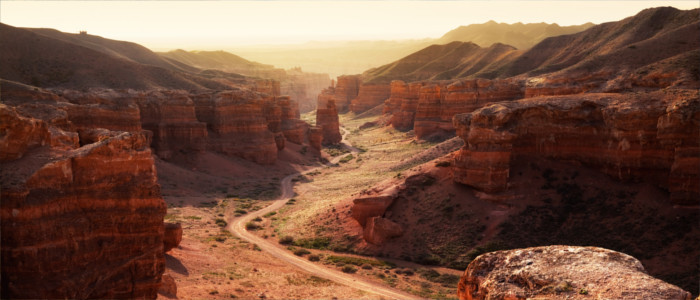
Nature - Barren, dry landscapes
Kazakhstan is covered in deserts for the most part. Hardy plants such as grasses and small shrubs grow under these hard living conditions. Gazelles or the rare saiga antelopes ramble through the inhospitable territory in herds. You can also spot different species of lizards and scorpions. Apart from these exceptions, life mainly happens at the areas within the dry region which contain forests and water. They are home to deer, Asian wild asses, wolves or wildcats. Kazakhstan's vast steppes are also vegetated by many grasses, herbs such as St. John's wort and wormwood, and small shrubs. While urials clop on the ground, gigantic eagles make circles high above. When you reach the mountains, you find many well-preserved, thick conifer forests, which are populated by snow leopards, lynxes, ibexes and bears. In addition, wapitis, deer and boars live in Kazakhstan's broadleaf forests.

Natural sights - The scenic Lake Kaindy
The Ustyurt Plateau at the Caspian Sea is Kazakhstan's most significant nature reserve. You find one of the rare species of inland seals at this sea as well as mouflons, saiga antelopes and wildcats. You can follow the trails of snow leopards in the nature reserves Aksu-Zhabagly and Almaty. Asian wild asses, on the other hand, live in the Altyn-Emel National Park and in the Barsa-Kelmes Nature Reserve. The former displays the extraordinary natural phenomenon of the singing barchan dunes. On top of the sand dune, which is 80 metres high and about three kilometres long, you hear a sound as if someone was knocking on glass. The region around Almaty is not called Zhetysu ("seven rivers") for no reason. It contains seven rivers and six climate zones including their diverse, magical flora and fauna. The region's highlight with regard to landscape is the scenic Lake Kaindy. Tree trunks protrude from the centre of the water and make the lake look bizarre.

Culture - A hospitable nation
In the 13th century, the Mongols subdued the people on the present-day territory of Kazakhstan under their leader Genghis Khan. Subsequently, the region was repeatedly dominated by foreign rule. To prevent the advance of the Chinese, Kazakhstan called on the protection of the Russian Empire in the 18th century. Later on, the country became part of the Soviet Union and after its breakdown, it gained independence. Despite all these influences, the Kazakhstanis preserved their own distinctive character. Hospitality, politeness and tradition rate high in their culture.

Cultural sights - Capital Astana with its Bayterek Tower
The country's capital Astana provides an impression of what is characteristic of Kazakhstan today. The city's landmark is the Bayterek Tower, which looks like a sceptre, is decorated with a golden ball and embodies a mythical tree of life. Other attractions in the metropolis are the Mosque and the Pyramid of Peace and Reconciliation. Besides Astana, the former capital Almaty contains numerous cultural treasures. One of them is the colourful Zenkov Cathedral with its typical Russian bulbous spires in the Panfilov Park. The impressive, oriental Mausoleum of Khoja Akhmet Yassawi in the south of the country also fascinates visitors. It was built under the powerful Asian ruler Timur in the 14th century. In addition, there is an archaeological site near Tamgaly in the east of the country which displays mysterious prehistoric rock paintings, the famous petroglyphs. The Baikonur Cosmodrome looks like a city from another planet. All rocket launches of the Russian Federation take place on this area, which is leased by the Russians – Sputnik 1, Jury Gagarin's space flight and the first permanently manned space station MIR started here. If you book beforehand, you can go on a guided tour through the Cosmodrome.

Experience - Tasting the national dish beshbarmak
Pasta dough, cooked mutton and onions are the ingredients for the national dish beshbarmak. Other popular Kazakhstani dishes are pelmeni, pilaf, which is made of rice, meat and vegetables, and hearty or sweet pancakes, so-called blini. As a snack, the Kazakhstanis prefer pirozkhi, stuffed dumplings made of yeast dough. A real experience are the bazaars in the big cities. They are noisy and hectic and offer a wide range of goods. You may find a souvenir for taking home here. You can buy silk scarves, silver jewellery or tea, for example. The Kazakhstanis' open, friendly nature is shown in their enjoyment of experiencing life and going out. The big cities have a lot of clubs, bars, discos, theatres and operas. In addition, live concerts and celebrations take place regularly.

Activities - Winter sports in Kazakhstan
Winter sports rate high in Kazakhstan. The Tian Shan, for example, offers first rate, well-developed pistes with wonderful snow. Ice skating is another popular activity. The ice rinks built for that sport are opened in summer as well. Visitors can get to know the country's natural beauty in many ways – by taking a tour with a Jeep, hiking, cycling or horse riding.

Information
The country's most important airports are located in Astana (TSE) and Almaty (ALA). Within Kazakhstan you best travel by train. The Turkestan-Siberia Railway is the best known railway line. You can move around well and cheaply by taxi in the city. The Kazakh language is written in Cyrillic letters.
Kazakhstan is a great travel destination for holidaymakes who want to get to know the treasures of the unique culture with its Asian and Eastern European elements. The country is also suited for those who are looking for unspoiled, beautiful nature.

